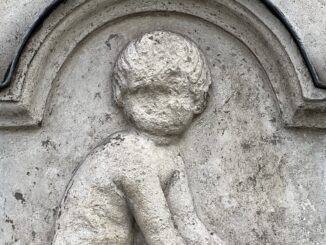
The Mysterious Panyer Boy of St Paul’s
When yu have sought the Citty Round, Yet still this is the highest Ground. August the 27 1688 Step out of the tube at St Paul’s […]

When yu have sought the Citty Round, Yet still this is the highest Ground. August the 27 1688 Step out of the tube at St Paul’s […]
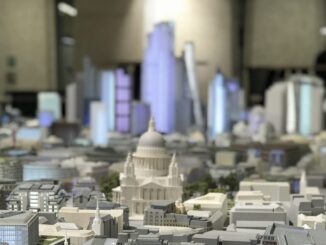
Should you want to feel godlike, the entire capital spread out beneath your glorious presence, then the place to go is The London Centre, in […]
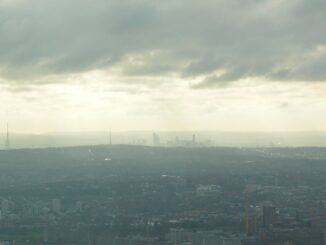
At 278m (912’) and 63 storeys, the new(ish) office block at 22 Bishopsgate is the tallest building in the City of London, and second only […]
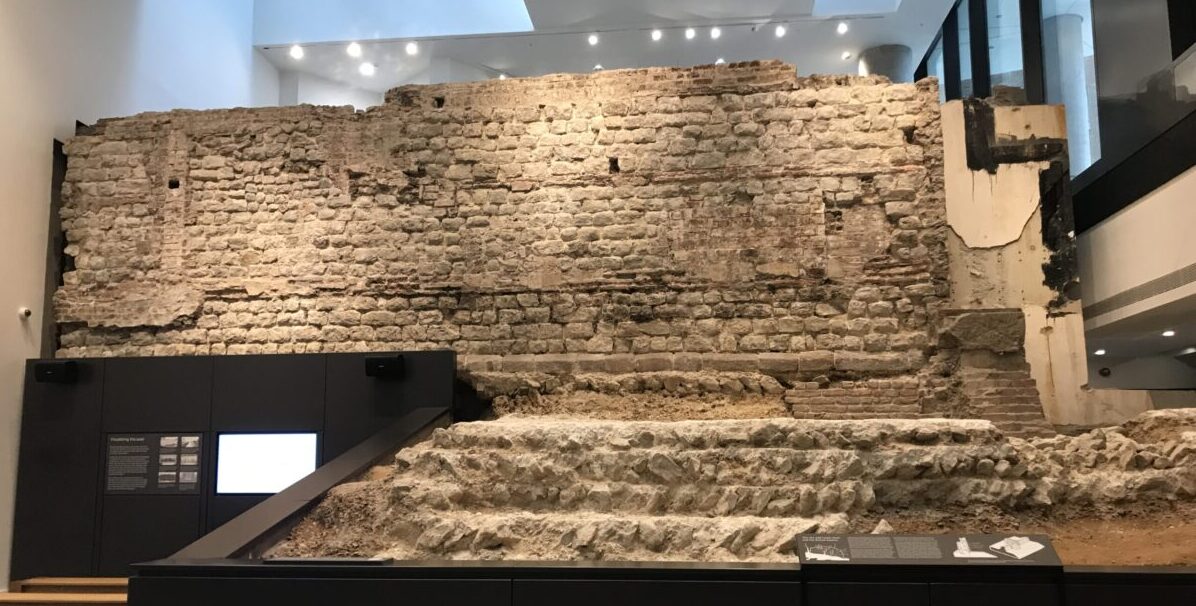
Typical, you wait ages for a post about Roman London, then three come along at once. After the Mithraeum and the Billingsgate bath house, here’s […]
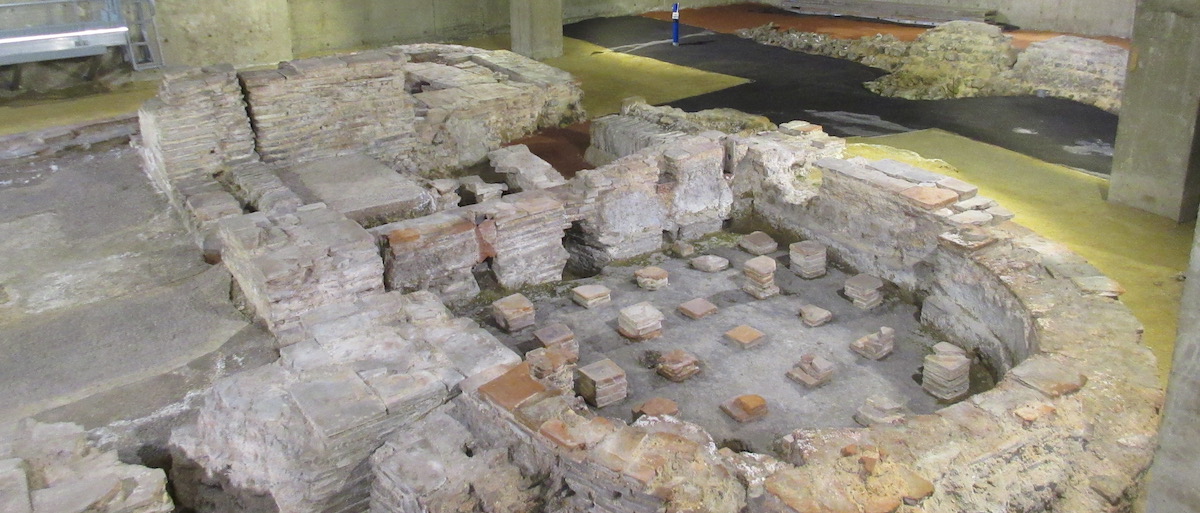
Dig a hole in the City of London and a few metres down you will hit Londinium, the original city, because before the Romans there […]
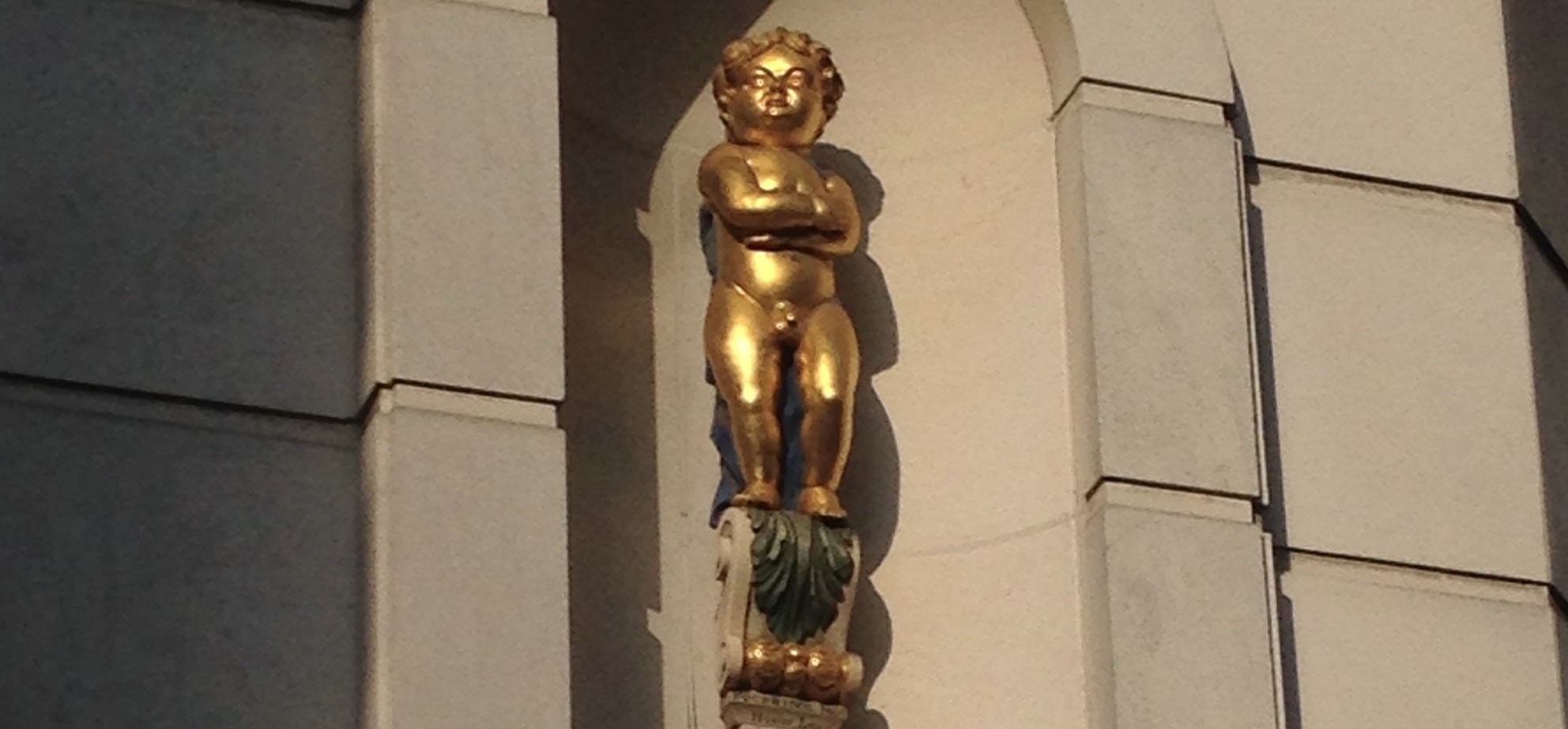
Stroll up Giltspur Street towards Smithfield Market and look up to your left at the building on the corner of Cock Lane. In an arched […]

Under the Bloomberg European headquarters building in the City is the ‘London Mithraeum’, a glimpse into an obscure part of Roman London. Obscure not just […]
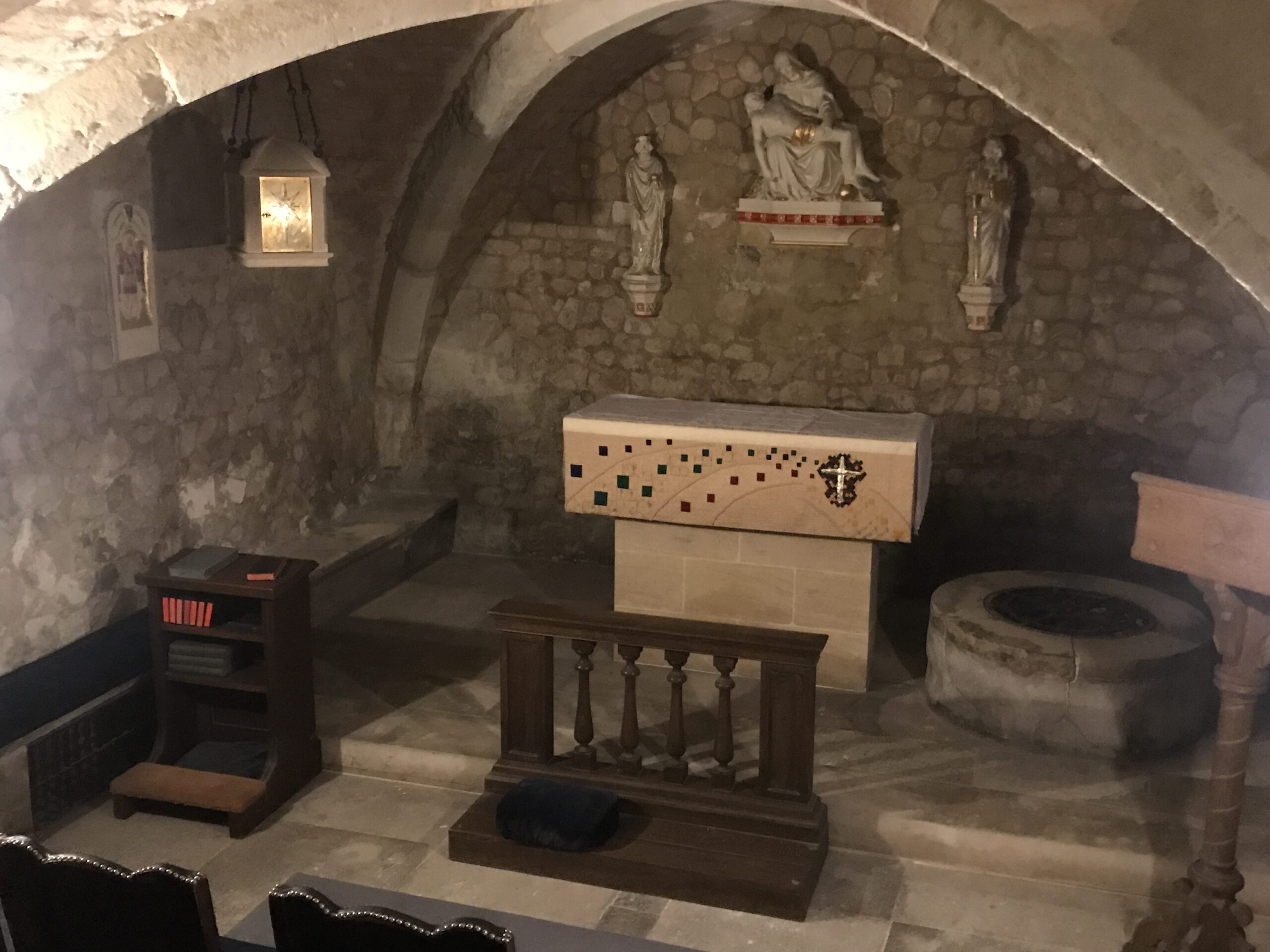
Another City church, another ancient crypt… St Olave’s Hart Street is one of the few churches to survive the Great Fire of 1666 (it was […]
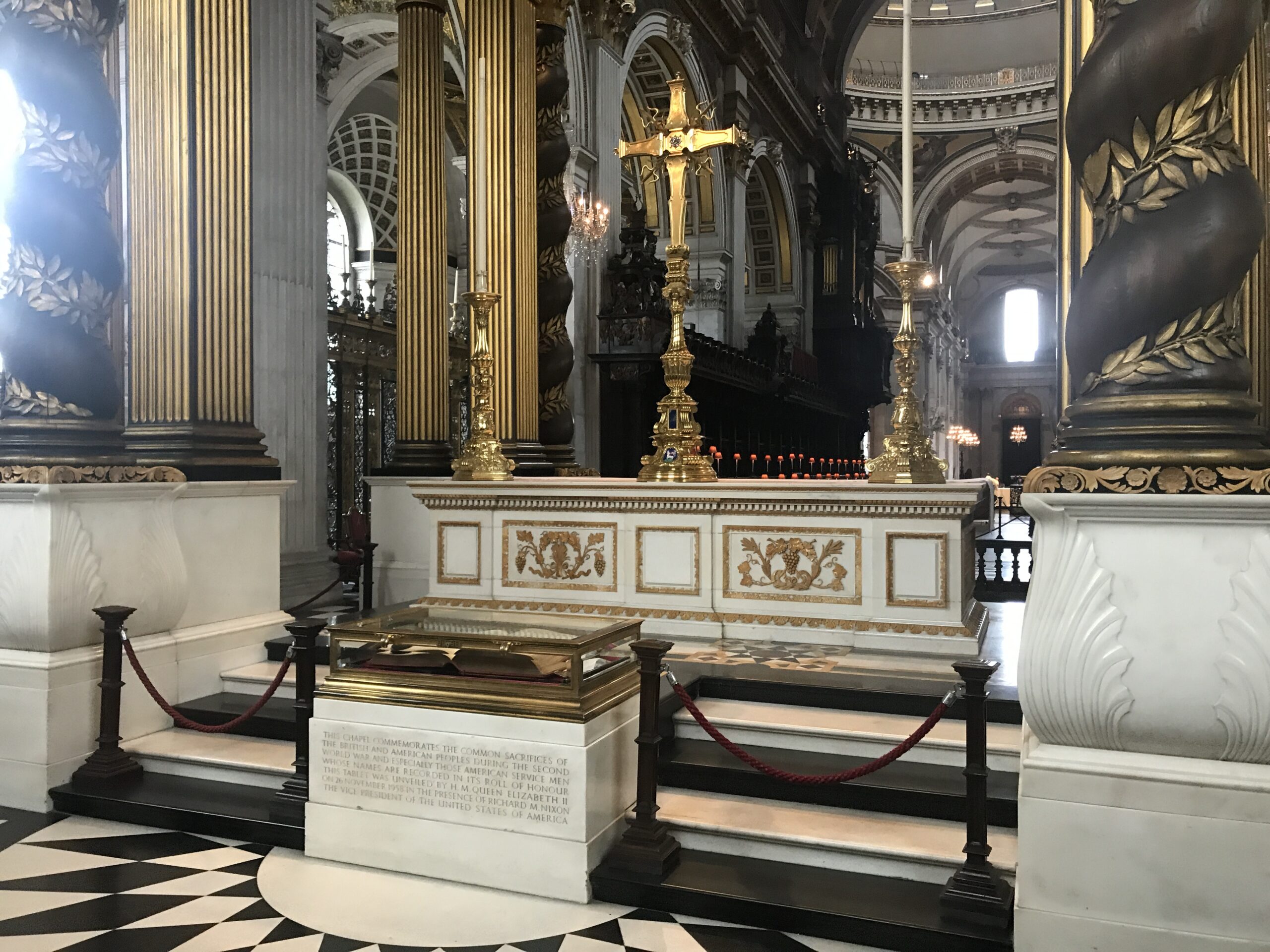
If you’ve seen Herbert Mason’s photo ‘St Paul’s Survives’ – the dome of the cathedral still standing proud as the smoke of the Blitz rises […]
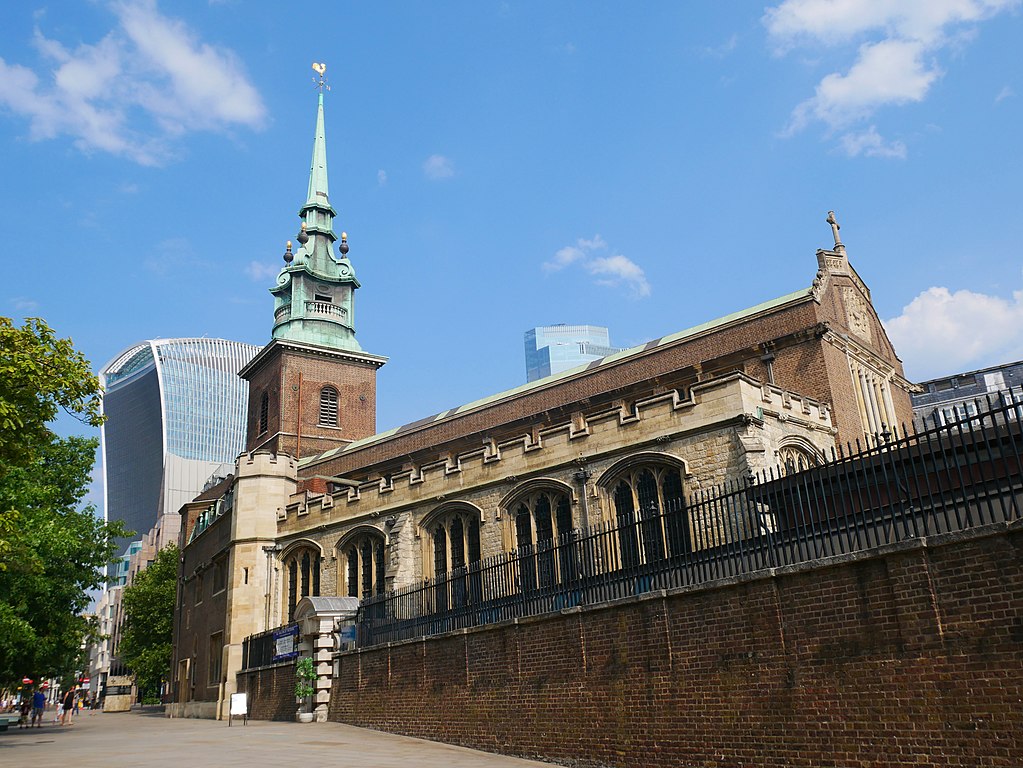
Fight your way through the crowds surrounding the Tower of London and you might just make it through to one of London’s oldest churches. All […]
Copyright © 2024 | WordPress Theme by MH Themes